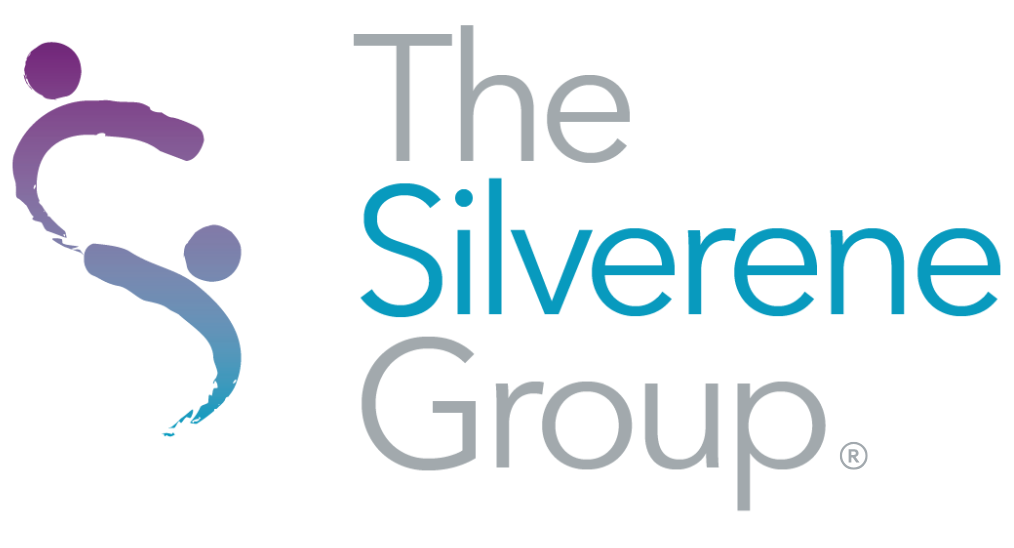
08 Oct AI Isn’t Just a Tool. It’s a Team Member.
It’s Monday morning, and a senior leader walks into yet another meeting about AI. The slide deck is full of buzzwords: automation, efficiency, productivity.
But as the discussion unfolds, something feels off.
Everyone’s talking about tools – not teams.
That’s the moment most leaders miss.
The question isn’t whether to use AI. It’s:
Are your people, your processes, and your culture ready for it?
Because AI isn’t replacing leaders. It’s redefining what good leadership looks like.
And the ones who will lead this next era will understand three truths:
- Culture and trust are the foundation.
- The 3Ps: Plans, Practices, and Processes determine whether you scale or stall.
- Readiness and momentum come from leadership, not technology.
Let’s unpack each one.
1. Culture, Trust, and Responsible Use
You can’t deploy AI into a culture that doesn’t trust its leaders or feel safe to experiment.
If employees fear they’re being automated out, they won’t engage with innovation – they’ll quietly resist it. Sometimes even sabotage it.
That’s why psychological safety has become the new infrastructure of transformation. Before you plug in another model, you have to plug into your people.
Ethics, too, can’t live as a footnote in compliance manuals. The way you govern AI: how you decide when it’s “in the loop,” who owns outcomes, and how you communicate guardrails, says everything about your leadership brand.
In one client organization we worked with, there were two distinct subcultures: a tech-forward innovation team that couldn’t move fast enough, and a cautious back-office team worried about losing relevance. It wasn’t a technology problem; it was a trust problem.
Once leaders started naming fears, clarifying decision rights, and communicating transparently about purpose and limits, alignment followed.
Leaders underestimate how much trust is strategy. Without it, even the smartest AI roadmap will collapse under human hesitation.
2. The 3Ps: Fix the Foundation Before You Layer AI
AI will amplify whatever system it’s dropped into whether that system is healthy or broken.
That’s why before you scale, you need to examine your Plans, Practices, and Processes.
Plans
- Start with clarity. What are you solving for: efficiency, innovation, customer experience, or all three?
- Align AI strategy to business strategy. Every initiative should trace back to a measurable goal, not just “exploration.”
- Communicate the “why” early and often. When people understand the intent, they’re far more likely to trust the implementation.
Practices
- Build routines that invite experimentation. This could include agile updates, feedback loops, and reflection points.
- Encourage cross-functional collaboration. AI touches every corner of the enterprise, not just IT.
- Model transparency. If AI shapes a decision, explain how. It builds trust and fluency at the same time.
Processes
- Clarify governance. Who decides when AI is in the loop? Who owns the outcomes?
- Define what’s in bounds and what’s not and document the rationale.
- Coordinate across tech, HR, and leadership to ensure policies reinforce, not contradict, your values.
Key takeaway:
AI doesn’t fix broken systems; it exposes them. If your plans lack clarity, your practices lack trust, or your processes lack discipline, AI will only magnify the cracks. Fix the foundation first.
3. From Pilot to Scale: Leading the Shift
Here’s some shocking data:
- 90 % of AI transformation projects never leave pilot or scale
- 80 % + of AI projects fail because they don’t achieve their objectives and/or are not sustained
Why is that?
They fail because the people and organizational culture aren’t ready.
AI adoption isn’t about coding or configuration. It’s about leadership courage and clarity.
Start small but start deliberately. Choose one pilot that aligns with business goals and values. Define what success looks like, not just in productivity, but in human outcomes.
As the pilot unfolds, measure what matters:
- Are decisions getting faster and smarter?
- Are employees learning, not just complying?
- Are ethical boundaries being upheld, even under pressure to perform?
Celebrate cultural wins, not just technical ones.
When people feel ownership in how AI shows up, resistance turns into readiness.
And remember, integration isn’t a one-time event. What you decide in month one will evolve by month three. AI doesn’t sit still, and neither should your leadership.
The Leader’s Checklist
As you leave your next AI strategy meeting, ask yourself:
- Have we defined decision rights for when AI is in the loop?
- Do we have feedback loops designed for iteration?
- What capability are we building next quarter – not what tool?
Because the work of leadership isn’t to automate faster. It’s to humanize smarter.
Start Small, But Start Now
You don’t need to overhaul your entire system tomorrow.
Pick one pilot. Define one success metric. Schedule one governance check-in.
Do it this quarter – not next year.
Because AI isn’t waiting for your five-year plan.
It’s already on your team.
And the question isn’t just How will you use it?
It’s How will you lead now that it’s here?



